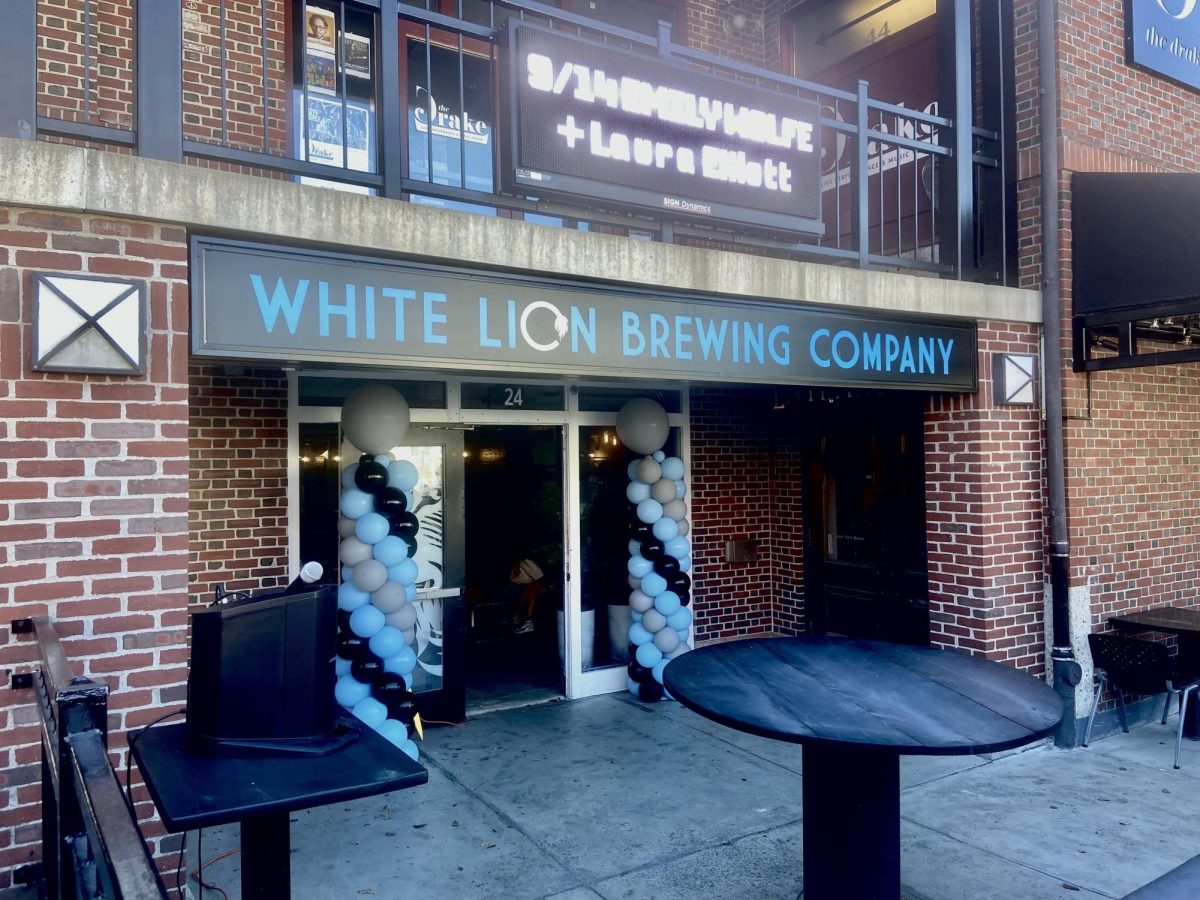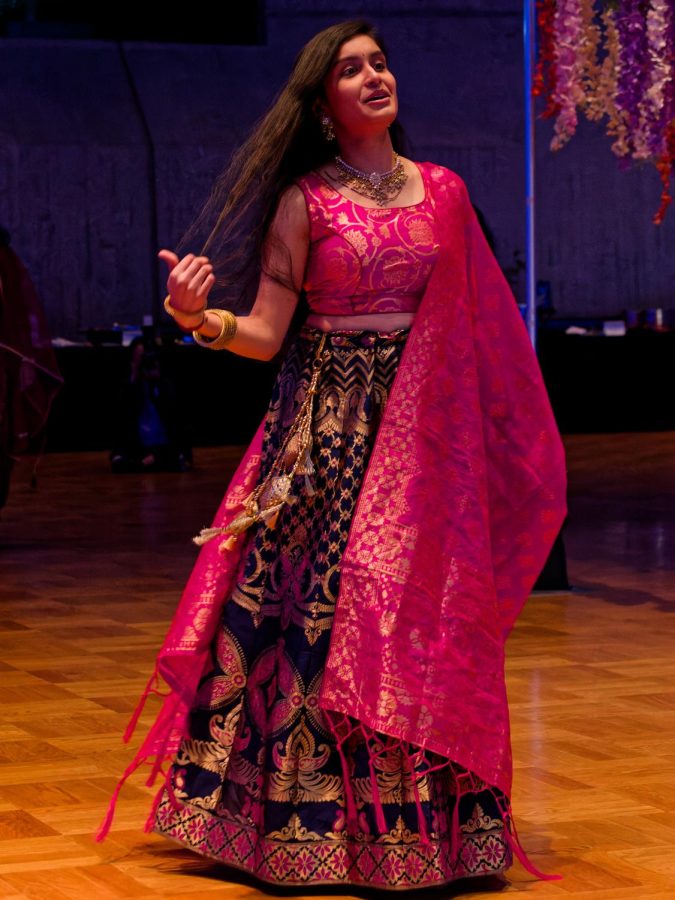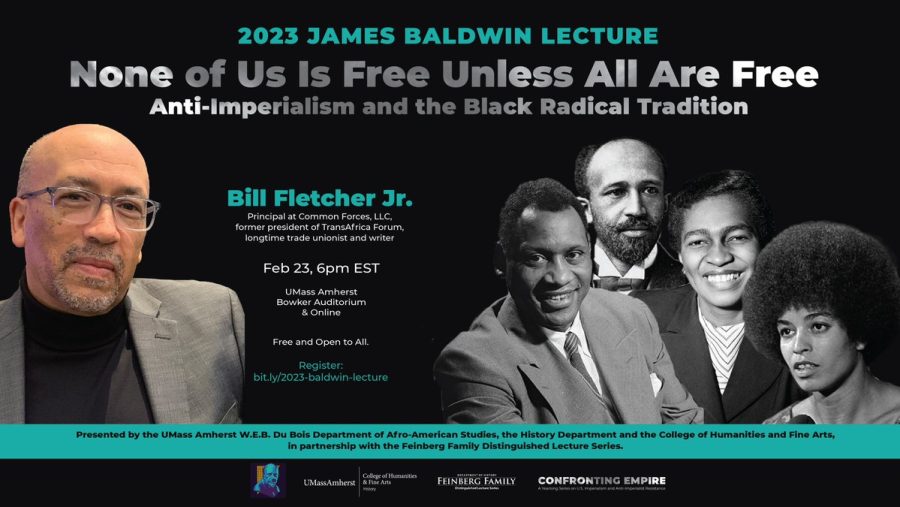Two months after disembarking from a transatlantic flight bound for the University of Massachusetts, Maheen Iqbal had an attack of feelings of alienation.
As an incoming international student from Dubai, U.A.E., she was a novelty at the public university, which sports an in-state student population of 77 percent. That status, combined with her incredibly easygoing personality, served to make her quick friends with almost everyone she interacted with.

But the community which she was now immersed in was very different from the one she left back at home. She had been displaced from a country populated with people of the same culture and creed as her to a predominantly Caucasian-American society.
“I felt like I was the only ‘desi,’ brown person here,” she said, using a term South Asians use to denote themselves. “I’m a practicing Muslim, and I do have conservative values. I love my white friends, but at the same time there are some parts of me that they just don’t understand.”
The findings of a recent study conducted by two sociologists were in line with Iqbal’s attitude towards building friendships. Kevin Lewis, a doctoral student at Harvard, and Andreas Wimmer, a professor at UCLA, studied the activity of students on Facebook to determine what factors influenced their interaction with others the most.
The study’s subjects were freshmen graduating in 2009 from a highly selective and very diverse university who were also heavily involved with the social networking site. Moreover, the university itself was committed to promoting interracial communication and placed students with different backgrounds in the same dorm room at a higher frequency than would be possible if the selection process was random.
Ultimately, the researchers decided not to track the use of Facebook’s popular “friend” feature to influence their conclusions.
“The meaning of Facebook friendship can be so ambiguous,” said Lewis. “We were looking for a stronger measure of friendship.
“Our dataset was compiled based on picture-posting because it indicated that they actually spent time together in person,” he went on.
Although Facebook approved of the study being done, it did not grant any special privileges to the researchers. Wimmer and Lewis, who joined the university’s network, could only see the information available to students from the same university. They observed 15 pictures per student, making sure that each was different from the others with respect to the people tagged in them.
Students often have their own concerns about showcasing their personal life online through pictures. Coming to UMass as a freshmen, current sophomore Sidrah Khan confessed that her image and identity was at least in the back of her mind. She concluded that a lot of students enter as freshmen wanting to reinvent themselves.
“Kids that display all their photos on Facebook want to look like they have more of a social life than they actually do,” she said.
Iqbal shared a view similar to that of Khan’s.
“I don’t think Facebook is an accurate depiction of my social life at all,” she said. “Facebook pictures generally show ‘hanging out’ friends. There are a lot of people you hang out wth, but most of them are superficial friends. Meanwhile, there are some friends with whom you share a deep friendship, but have no pictures with on Facebook.”
Much of Lewis’ and Wimmer’s findings seemed to reflect age-old assumptions. Social pressure to reciprocate others’ friendliness greatly factored into maintaining relations. They said that such a relation may begin on the basis of similar interests, a relatable status in terms of wealth, as well as a shared ethnicity.
However, their main conclusion was controversial at worst and groundbreaking at best.
“Our results are not necessarily generalizable, but the importance of race has been exaggerated; we just don’t know to what extent,” said Lewis. “Our study is not representative of all Americans. We looked at a specific population of students from specific backgrounds, but the general point will pertain to any other setting.”
When asked about what traits most sway their decision to be friends with someone, Iqbal, Khan and Diderot Guillaume, a senior, did not even think of race as a factor. Even so, Khan, despite being intimate with her white friends, still considers them in some ways different from her.
“I feel like Caucasians hang out a lot together,” she said. “I don’t think it’s me.”
Guillaume admitted that most of his friends were minorities, but could not himself understand why that was so.
“I don’t consider race or ethnicity when making friends,” he said.
After taking a moment to think, he concluded that it must be because he could relate to their struggles.
“We come from similar financial backgrounds and we’re the first generation to complete school and get a better education,” he said.
Iqbal echoed the study’s conclusions, stating that race to her is socially structured, not biologically created, and its impacts are only felt because society accepts it as a reality.
“People actually fall for the stereotypes based on someone’s color, when that makes no sense,” she said. “Stereotypes about ethnicity are generally true because ethnicity gives you your values. Although obviously that’s also a generalization.”
Enobong Branch, an assistant professor of sociology at UMass, was in agreement with the researchers when they said the dynamics of friendship-making are complicated and that several factors and currents impact the process. Although she thought the research was interesting, however, she found the conclusions to be slightly off-putting.
“The initial finding was that race matters a lot,” she said. “They unpacked the things that correlated to race, like ethnic backgrounds or countries of origin, [and] they separated those factors from race, when they’re still racial qualities.
“The fact that social pressure matters a lot is very true, but to say that race matters less is not accurate,” she said
Setting was a point of contention for students and professor alike. Branch said that interactions in professional environments, such as schools and workplaces, were much more receptive to interracial communication. Different locations, like bars, force such exchanges to be more superficial and lead to race having a more significant impact. Iqbal said she feels one’s racial preferences come out more openly in such settings as clubs.
“How people form network ties is complicated,” said Lewis. “All we’re saying is that just because someone has the same skin color as you is not strong enough a reason to become friends.”
Neither Iqbal, Khan nor Guillame could not explain why most of their friends were of their same ethnicity, if not minorities, like themselves. All three of them sincerely held that neither race nor ethnicity is a factor when they make friends. Though it cannot be debunked by one study, research like the study by Lewis and Wimmer is moving towards an explanation of the role of race in social interactions.
Sahar Ashraf can be reached at [email protected].










